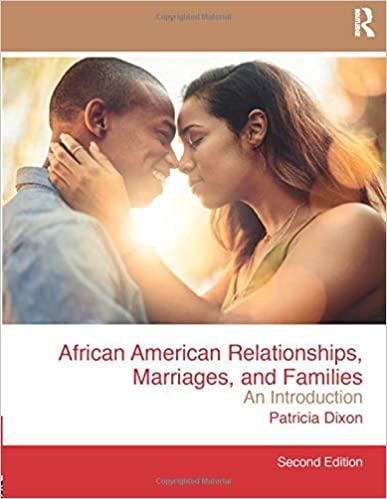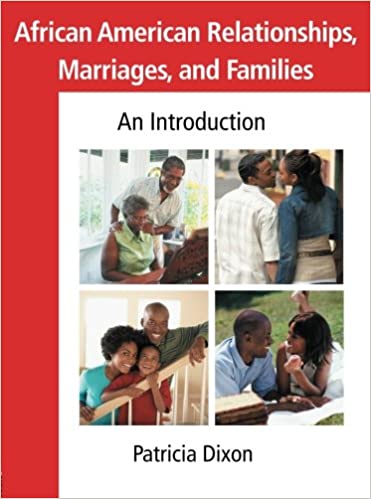John Humphreys: Tax advice and the 'Silver Splitter' generation
 Click Here for the Post https://www.professionaladviser.com/professional-adviser/opinion/3065123/john-humphreys-tax-advice-and-the-silver-splitter-generation
Click Here for the Post https://www.professionaladviser.com/professional-adviser/opinion/3065123/john-humphreys-tax-advice-and-the-silver-splitter-generation
John Humphreys: “With family trees becoming ever more complicated, it is imperative that clients have an up-to-date will.”
Life changes are key moments when financial advice is needed and no more so, as John Humphreys explains, than when a marriage ends or a new one begins
Government figures published this autumn indicate that divorce rates are falling. While good news at first glance, dig a little deeper and it seems this is sadly not the case for the over-60s. In the baby-boomer generation divorce rates have actually increased, leading to the rather unfortunate nickname ‘Silver Splitters’.
Advisers will be well aware that, with divorce, comes a whole host of financial dilemmas and planning needs. Given an estimated 42% of marriages in England and Wales end in divorce, advisers are likely to find themselves guiding newly-single clients many times throughout their careers.
In among the delicate act of splitting a couple’s wealth, the area of inheritance should not be overlooked. In straightforward situations, family wealth may pass through generations in straight lines from parents to children to grandchildren. Following a divorce, however, the inheritance pattern can take a sharp turn sideways, which may be all too easy to miss.
The first point clients may need reminding of is that, whereas a couple can combine their nil-rate bands (NRBs) and, if applicable, residence nil-rate bands (RNRBs) for inheritance tax (IHT), following a divorce the ability to transfer them to a spouse or civil partner is immediately lost.
The maximum combined NRB and RNRB that can, currently, be offset against net assets becomes £450,000 (£325,000 of NRB and, if applicable, £125,000 of RNRB) rising to a maximum of £500,000 from 6 April 2020.
Not only are the over-60s more likely to divorce than their millennial counterparts, they are more likely to be home owners, with figures showing home ownership in 65 to 74-year olds has risen gradually to almost 80%, and less likely to have a mortgage.
This is the ‘baby-boomer’ generation, who have benefitted from significant house price inflation and typically have the added benefit of final salary pension schemes, so they can ‘afford’ to divorce and still maintain a comfortable lifestyle.
Yet the divorced, mortgage-free generation may find that, unless they start planning, they will potentially leave significant IHT liabilities for their heirs – unless they remarry, which brings in a different set of inheritance issues.
The time needed to plan ahead also needs consideration. For a married couple or civil partnership, IHT only becomes chargeable on the death of the second spouse or civil partner. This may be many years later, during which time the surviving partner may have taken advice and time to plan for IHT.
A single person’s estate (divorced or otherwise) does not have the luxury of delaying the IHT assessment, with any IHT chargeable immediately on their passing. Clearly there is a need to review and consider any actions needed.
For some clients, arranging a life policy written into trust for their beneficiaries may be sufficient to mitigate IHT. Families may also wish to consider using trusts to ensure that assets are distributed as the settlor wishes.
The wide range of trust structures available does allow room for flexibility. If, for example, clients wish to make a gift into trust but still have the ability to receive annual capital payments, a flexible interest-in-possession trust may be suitable. In addition, wills, death-in-service and pension scheme nomination forms should all be updated.
The situation for divorced over-60s is not necessarily static though, and remarriage may be the next happy chapter. Indeed, 90% of weddings in the over-45s are a second or later marriage for either the bride, the groom or both.
Here again comes a crucial point at which financial advice is needed. On remarriage, unless a will states otherwise, a large proportion of family wealth will pass to the new spouse, potentially leaving any children from previous marriages or relationships without any inheritance or a much-reduced inheritance.
Sideways move
Unless action is taken, inheritance to the next generation may move sideways, with children from a second or later marriage potentially receiving more of the deceased’s estate than children from a previous marriage or relationship.
With family trees becoming ever more complicated, it is imperative that clients have an up-to-date will. Alongside a will, a trust can be used to specify exactly what assets the settlor wishes to pass to their children, a new partner, a new partner’s children and anyone else.
The trust can also have the benefit of avoiding probate, thereby being able to distribute money to a surviving spouse or civil partner and/or children and grandchildren immediately. This can quickly alleviate fears of financial hardship, which can occur if there is significant drop in pension income for the surviving partner – a 50% reduction is very common.
Life changes are key moments when financial advice is needed – no more so than when a marriage ends or a new one begins. Understanding a client’s wishes for how, when and to whom they would like to see their wealth distributed is crucial to ensuring appropriate plans can be made and assets are received by those the client wishes in the most tax-efficient and timely manner.
John Humphreys is inheritance tax specialist at WAY Investment Services













